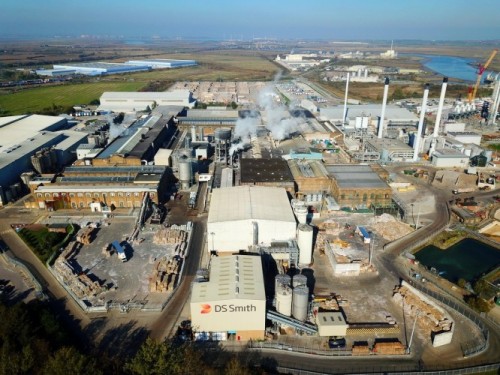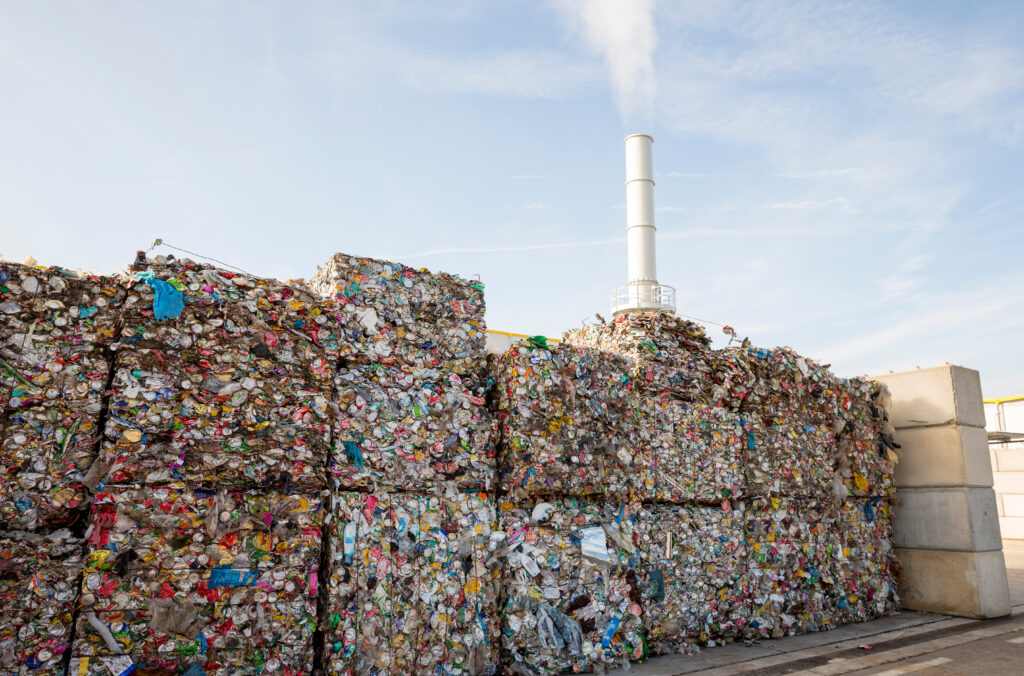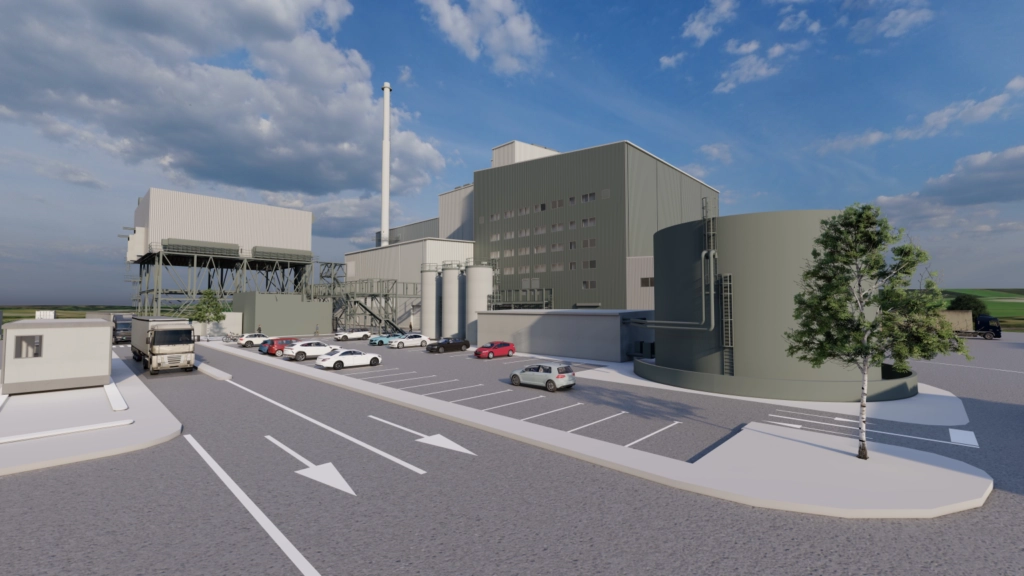The CHP project, known as K4, is separate from the larger energy from waste plant also being developed at Kemsley by Wheelabrator and which has been known as K3. It is expected that the Infrastructure organisation, part of the Planning Inspectorate, will have recommended approval for the plant.

Last month, DS Smith, which is a major recycler of board and paper materials across Europe, announced the signing for an agreement to build the plant with E.ON at the Kemsley mill where DS Smith produces cardboard material. The company is a major recycler of used cardboard and other paper.
As a consequence of both the K3 and K4 projects, DS Smith is expecting to reduce its carbon footprint and said that the project with will replace the existing CHP and extend its partnership at the site with E.ON for the next 20 years. In a statement, DS Smith said: “The facility has been specifically designed to set the standards in efficiency, sustainability and reliability. The new plant will enable a carbon reduction of 36,000 tonnes per year. This is the equivalent of 30,000 medium-sized cars driving over 6000 miles a year.”
Wheelabrator
Also at Kemsley, work – which started in 2016 – is continuing on the development of an energy from waste plant for Wheelabrator Technologies with the plant due to open later this year.
Once operational, Wheelabrator Kemsley is to process up to 550,000 tonnes of “post-recycled waste” each year and will have a gross electrical generating capacity of 49.9 MW.
It will supply baseload energy to the grid as well as steam to the DS Smith’s paper mill, contributing to the mill’s aim to reduce reliance on fossil fuels and its overall carbon footprint.
Wheelabrator has recently announced proposals for a power upgrade, which would allow its energy from waste plant to generate up to 75 MW (gross) “without any change to the basic design, size or look of the facility”.
The power upgrade, said Wheelabrator, would allow the plant to generate “clean, renewable baseload power for 52,000 more homes than is currently the case. This would bring the equivalent homes powered by Wheelabrator Kemsley to over 156,000.”








Subscribe for free